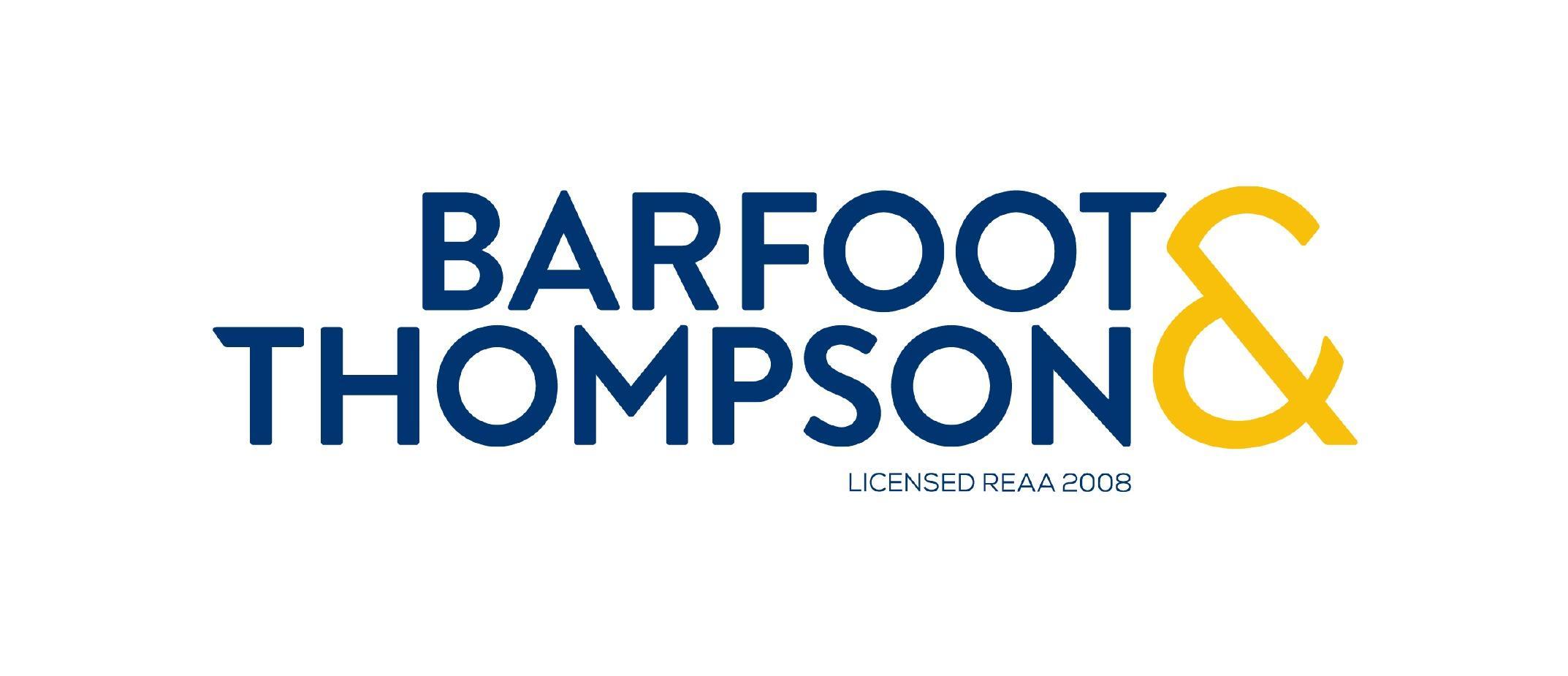There’s always plenty to watch in the housing market, especially when somebody becomes an investor and looks to keep growing their portfolio. This short article runs through some recent developments that I think are worth noting.
First, inflation has begun to slow down more significantly, but it’s still well above the 1-3% band that the Reserve Bank (RBNZ) has to target as part of its mandate. Therefore, although the official cash rate (OCR) – currently 5.5% – has probably stopped increasing, it’s too early to start thinking about cuts. Indeed, the RBNZ hasn’t pencilled in any reductions in the OCR until the second half of next year, i.e. perhaps 12 months away yet, or more.
Second, it’s fair to assume that mortgage rates will also be ‘higher for longer’. This should be factored into investors’ budgets and cash flow projections. However, it’s also worth noting that many borrowers still choose a 1-2 year fixed rate when they take out a new loan or reprice an existing mortgage, even though rates for 3-5 year terms are lower. One reason for this could be a ‘bet’ that actual mortgage rates fall a bit sooner than expected and a desire to avoid locking in for ‘too long’ just at the time when mortgage rates are peaking.
Third, despite some recent survey results that might suggest otherwise, we’re not seeing any material evidence that landlords are drastically reducing their portfolios. Indeed, the overall flow of new property listings coming onto the market each week remains low (even for the time of year), which is not what you’d expect if existing investors were ‘abandoning ship’ and selling property.
Fourth, investors might not be selling significantly, but purchasing activity also needs to grow. That’s not surprising, given factors such as low gross rental yields, 35% deposits, the removal of mortgage interest deductibility, and the 10-year Brightline period. However, this relative lack of ability to add property to the available stock of rentals, combined with rising demand (stemming from high net migration), could start to tilt the investment sums a little in the future as rents accelerate.
Fifth, it’s the Election. Nobody knows yet who will form/lead the new Government, but it’s pretty clear that a National victory would be more favourable for landlords and may lead to faster property price growth. To be fair, a shorter Brightline period may see some investors look to sell if they were only holding on previously in order to avoid a large capital gains tax bill. But that policy change would also bring forward new purchasers, as would the reinstatement of mortgage interest deductibility – potentially seeing existing properties outperform new builds for a period of time as demand shifts back towards older stock in relative terms.
Sixth, and more broadly, the signs are becoming more apparent that the housing downturn is now over. Indeed, sales volumes have risen in May and June (compared to a year earlier), and prices have flattened out. Part of that process has been about the stock of listings falling, reducing buyers’ choices and leading to more competitive pressure.
But as per what happened after the GFC, a year or two may be until a more substantial or sustained house price upturn really beds in. After all, housing affordability is still stretched, and any caps on debt-to-income ratios early next year would also restrain prices. I wouldn’t be surprised if a key theme for the market over the next 12-18 months is ‘patchiness’, with small bouts of rises and falls around a generally/gently upwards trend.

Kelvin Davidson
Kelvin Davidson is the Chief Economist of CoreLogic New Zealand.














Add Comment